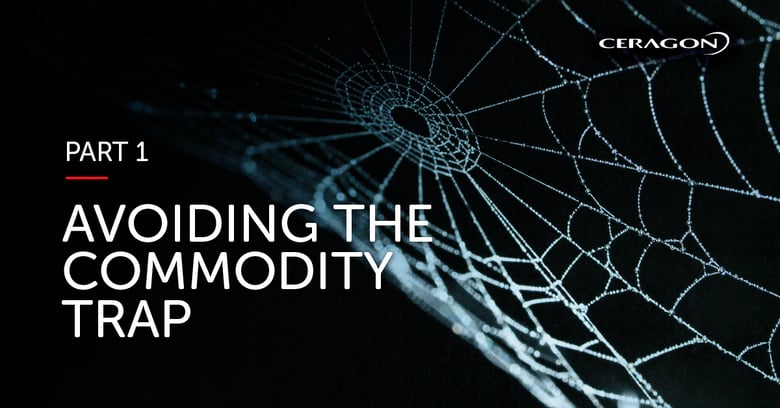|
|
Connectivity today is seen almost as a basic good that everyone has a right of access to. To support this notion, connectivity providers are offering a wide range of low or no-cost cost solutions, such as unlimited data and call packages. That results in an endless choice of vendors for subscribers, who can easily switch between operators when offered a lower price. Quite understandably, this leads to a lot of frustration among suppliers of these important services. While they invest their sweat and blood into continuous technological advances, pouring astronomical sums into helping to drive digitization and assist the creation of a better world, their offerings are viewed as commodities with very low willingness to pay for them and low consumer stickiness. Naturally, as for-profit-organizations, Operators look to reap the commercial potential that 5G applications hold. Specifically, 5G Fixed wireless access to homes and businesses as alternative to traditional broadband services is regarded as the most appealing to subscribers and it is recommended that operators should invest into that technology.
At the same time, many industry experts, such as PWC and KMPG state that most subscribers, and specifically private consumers, are not willing to pay more and would only upgrade to superior connectivity if they could continue to pay the same as for their current broadband services.
Connectivity providers must keep investing into their networks to stay in the game. No questions asked. At the same time, they must get their money’s worth, which currently subscribers are not willing to pay. So, what now?
We all know that “What you pay is what you get.”. So how about renewing our customers’ understanding of what they are getting? How about if connectivity providers would show their passion for what they do by showcasing the huge values their customers receive from their great solution offering?
But what are these VALUES? And how can we, as solution providers understand – really understand – the benefits our customers are telling us they want?
Let’s look at a range of the applications that different types of customers are increasingly adopting in this digitization age, which spurs the need for connectivity, and the value delivery our customers expect.
Digitization of our life
Mobile phones and tablets are today’s new best friend of businesspeople, adults and children alike. An endless number of applications are being used almost non-stop on a wide range of devices, and our living and workplaces have often been turned into “connected” or “smart” spaces. And there are good reasons for it.
The most enjoyable one is the feel-good factor. Applications, such as WhatsApp, LinkedIn, Facebook and Instagram, keep us in touch with and in-the know about our personal and business contacts. Gaming consoles and software, music and video streaming, Netflix and Internet TV, digital magazines and newspapers provide endless hours of entertainment and easily accessible information for all ages.
Specifically, applications used in connected spaces, such as alarm systems, motion and water leak detectors; water, temperature and electricity metering devices can lead to considerable cost savings, an additional important benefit that digitization brings to the user, coupled with peace of mind.
Mobile money, internet banking and online government services are very popular, as they are a huge time saver. It makes it very easy to stay on top of one’s affairs, erasing much headache and saving possible fines due to late payments, for example.
Increasing globalization, which means having to work in different time zones, and the general notion of flexibility to cater for a better work-life balance meant that even before COVID-19 many of us worked from home at least some of the time. Therefore, increasingly more people need to be connected to video conferencing, such as Zoom or Microsoft Teams, and a variety of cloud services, e.g. Dropbox, Salesforce, SAP and Oracle even when they are not in the office. The greater flexibility of work-from-home brings the great benefit of income generation. In the current COVID-19 crisis, these applications often help businesses to keep running and save employees from joining the rising unemployment rates.
Enterprises are increasingly migrating to the cloud to use an ever-growing number of applications to increase efficiency all along their Supply Chain. Significant OPEX savings are reaped in terms of flexible pay-per-use models and lowering real estate expenses when moving to cloud services. Mobile applications enable data collection, processing and increased transparency everywhere. This is specifically important for raising productivity and foster income growth to those mainly working in the field outside regular office environments.
The rainbow of values all customer personas receive from digitization explains the ever-growing need for connectivity - and better connectivity - at work, home and outside. By conveying the value connectivity providers bring their customers, the commodity trap can be avoided, and customers are likely to pay according to what they are getting.
But, what exactly is VALUE? And, how can we identify the VALUE each customer is interested in?
We will solve that mystery in my next blog article, so stayed tuned.
To learn more


